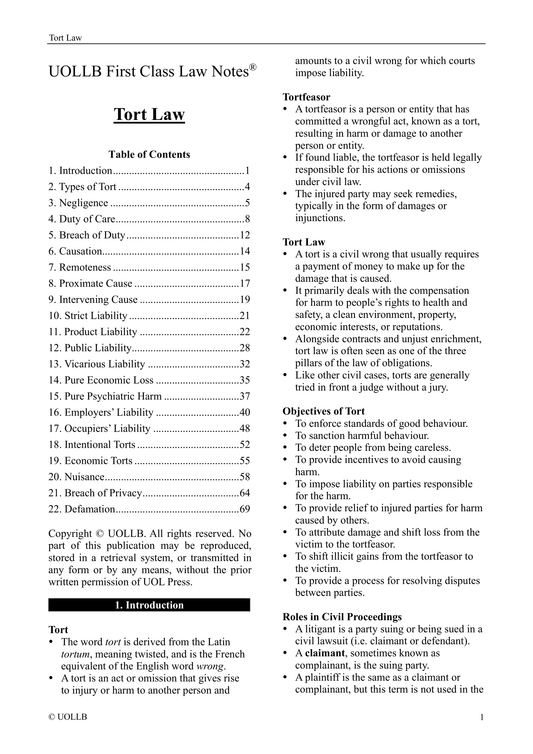Discuss the advantages and disadvantages of precedent
Share
Precedent, also known as the doctrine of stare decisis, is a fundamental principle in common law systems. It refers to the practice of courts following the rulings of previous cases to ensure consistency and predictability in the law.
Precedent, or the doctrine of stare decisis, is an important feature of common law. It has both advantages and disadvantages in the legal system.
Advantages
Certainty and predictability: Precedent promotes legal certainty and predictability. When judges follow established precedents, it provides a consistent framework for the interpretation and application of the law. Individuals and legal practitioners can anticipate how similar cases will be decided based on previous rulings, which enhances the stability and predictability of the legal system.
Efficiency and consistency: Precedent helps streamline the legal process by providing guidance for judges in deciding cases. Instead of starting from scratch with every case, judges can rely on existing precedents to reach decisions efficiently. This consistency also promotes fairness, as similar cases should be treated similarly, ensuring equal treatment under the law.
Judicial restraint: Precedent encourages judicial restraint and respect for the decisions of higher courts. It prevents lower courts from frequently challenging or overturning established legal principles, ensuring that legal interpretations are not subject to arbitrary changes. This promotes the principle of separation of powers and maintains a level of stability and respect for the judiciary.
Development of law: Precedent allows for the gradual development and evolution of the law over time. As new cases arise and are decided, precedents are established, providing guidance and shaping the interpretation and application of the law. This allows the legal system to adapt to societal changes and developments, ensuring the law remains relevant and responsive.
Judicial guidance: Precedent provides valuable guidance for judges, particularly in complex or novel cases. By referring to previous decisions, judges can draw on the reasoning and analysis of earlier cases to inform their own judgments. This collective wisdom helps to improve the quality and coherence of judicial decision-making.
Disadvantages
Inflexibility: Precedent can be seen as inflexible, as it requires judges to follow previous decisions even if they believe they are incorrect or outdated. This can hinder the ability of judges to adapt the law to changing circumstances or to correct past mistakes. It can create a resistance to change and make it difficult to address emerging legal issues or correct injustices.
Stifling creativity and innovation: Strict adherence to precedent may discourage judges from taking a fresh look at legal issues or proposing new legal approaches. It can stifle creativity and innovation in legal reasoning, preventing the development of more progressive or adaptive interpretations of the law.
Overreliance on past decisions: Blindly following precedent may lead to the perpetuation of legal errors or unjust outcomes. If a previous decision is flawed or based on incorrect legal reasoning, following that precedent can perpetuate injustice and hinder the pursuit of justice in subsequent cases. It can also create inconsistencies if different courts interpret the same legal issue differently, leading to confusion and a lack of uniformity in the law.
Difficulty in correcting erroneous precedent: Overturning or modifying a precedent can be a complex and time-consuming process. It often requires a higher court to review and reconsider the previous decision, which may take years or even decades. In the meantime, individuals may be subject to unfair or unjust outcomes based on an erroneous precedent.
Complexity and volume: The body of case law can become extremely complex and voluminous, making it difficult for legal professionals to navigate. Lawyers and judges must sift through vast amounts of precedent to find relevant cases, which can be time-consuming and burdensome. This complexity can also lead to inconsistencies if different courts interpret precedents in varying ways.
Judicial conservatism: The doctrine of precedent can encourage judicial conservatism, where judges are reluctant to deviate from established rulings even when they believe change is warranted. This conservatism can hinder progressive legal developments and maintain the status quo, potentially perpetuating outdated or unjust legal principles.
Balancing the advantages and disadvantages of precedent is a continual challenge for the legal system. Courts must strike a balance between respecting established principles and allowing for the development and evolution of the law to meet the needs of society.




























































